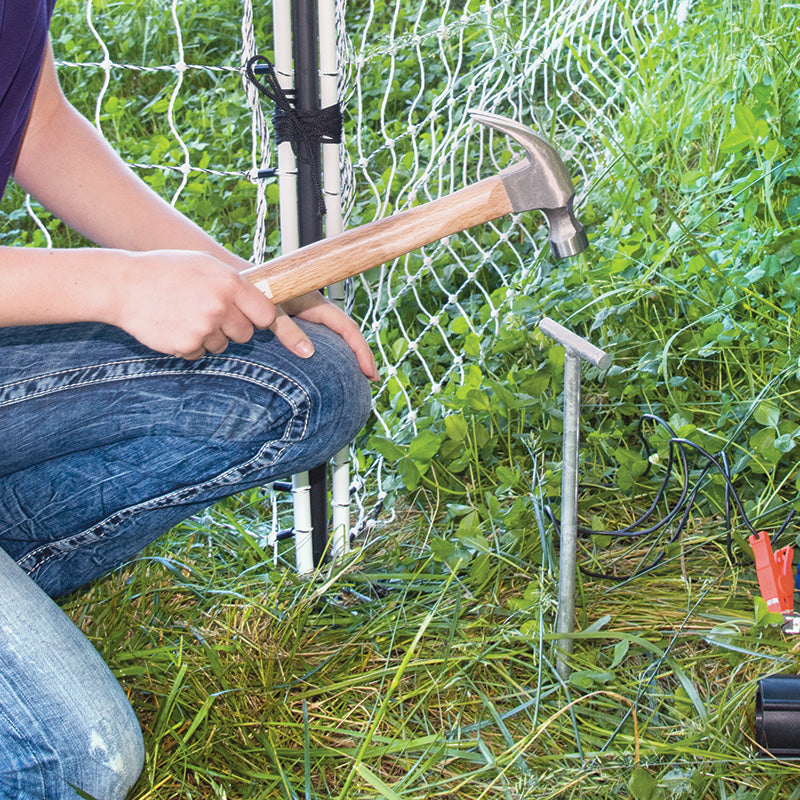
Electric Fence grounding information
Share
Have you ever wondered why the ground rod connection is crucial when it comes to electric fence chargers? Let's delve into the significance of this component in not only providing a good shock but also in offering essential lightning protection.
Why is the ground rod connection necessary for lightning protection?
The ground rod connection plays a vital role in safeguarding your electric fence charger from lightning strikes. When you invest in a fence charger equipped with effective lightning protection circuits, the primary method used is to divert the energy from the lightning strike to the ground rods. This action helps shield the rest of the circuitry from potential damage by bypassing the circuit boards and, in some cases, blowing a fuse.
How does the ground rod connection prevent damage?
By directing the energy from a lightning strike into the ground rods, the rest of the circuit boards and components are spared from the destructive power of the electrical surge. In the event of a lightning strike, having a solid ground rod connection can mean the difference between a simple fuse replacement and costly repairs to more intricate and expensive parts of the fence charger, such as the transformer.
Why is the transformer the most expensive part of the fence charger?
The transformer is often referred to as the heart of the fence charger due to its critical function in converting the input voltage to the necessary output for the electric fence. As one of the most expensive components, protecting the transformer from lightning damage is paramount in ensuring the longevity and efficiency of your electric fence system.
Remember, investing in a quality fence charger with robust lightning protection features, coupled with a secure ground rod connection, can save you from costly repairs and downtime in the long run. By understanding the importance of the ground rod connection for lightning protection, you can effectively safeguard your electric fence charger and ensure its optimal performance.

